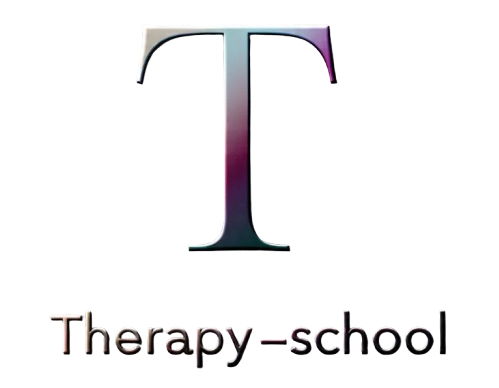Botox, a term that has become nearly synonymous with aesthetic enhancement, is widely used to reduce the appearance of wrinkles and fine lines. This cosmetic treatment, primarily derived from botulinum toxin, is one of the most sought-after procedures worldwide. However, Botox’s applications extend far beyond just the realm of beauty. It is crucial to understand the science, uses, and effects of Botox to grasp its significance fully.
Botox is made from a neurotoxic protein produced by the bacterium Clostridium botulinum. In large amounts, this toxin can cause botulism, a serious and potentially fatal illness. However, when used in highly controlled doses, Botox works by blocking the signals from the nerves to the muscles, temporarily paralyzing them. This effect is what makes Botox so effective in treating a variety of conditions. In cosmetic applications, Botox is used to reduce the contraction of facial muscles, resulting in a smoother, more youthful appearance.
Over the years, Botox has gained fame for its ability to treat dynamic wrinkles, which are the wrinkles that form due to facial expressions like squinting, smiling, and frowning. These include crow’s feet, forehead lines, and frown lines between the eyebrows. The treatment works by relaxing the muscles responsible for creating these lines. Once the muscles are relaxed, the skin above them becomes smoother, giving the face a refreshed and more youthful look. Botox is often hailed as a non-invasive alternative to surgical facelifts, offering a less risky and more affordable option for those seeking aesthetic improvement.
Despite its cosmetic benefits, Botox has medical uses as well. It has been approved by the U.S. Food and Drug Administration (FDA) for the treatment of several medical conditions, such as chronic migraines, excessive sweating (hyperhidrosis), and even certain neurological disorders like cervical dystonia and blepharospasm (involuntary blinking). In these cases, Botox helps to alleviate symptoms by targeting the muscles or nerves that are causing discomfort or dysfunction.
For those considering Botox, the procedure itself is relatively quick and straightforward. Typically, a trained healthcare professional will inject small amounts of Botox into the target area using a fine needle. The injections are usually well-tolerated, with minimal botox bradford discomfort. Some patients may experience temporary redness or swelling at the injection site, but these side effects are generally mild and subside within a few hours to days.
One of the key attractions of Botox is that the results are not permanent. After a treatment session, the effects typically last anywhere from three to six months. Over time, the muscles gradually regain their ability to contract, and wrinkles or lines may begin to reappear. For continued results, patients can opt for follow-up treatments. This temporary nature of Botox treatments is often seen as an advantage, as it allows individuals to decide if they want to continue with the procedure based on their satisfaction with the results.
However, it’s important to note that Botox is not without its risks and potential side effects. While rare, some individuals may experience allergic reactions, drooping eyelids, or headaches after the injections. Additionally, Botox should only be administered by a qualified professional to minimize the risk of complications. The misuse of Botox, such as injecting too much or into the wrong area, can lead to unintended results, such as a frozen or unnatural appearance.
Despite these risks, Botox remains a highly popular choice for both cosmetic and medical treatments due to its proven efficacy and relatively low risk profile. Many people see it as a way to enhance their appearance or manage medical conditions with minimal disruption to their daily lives. As with any medical or cosmetic treatment, it is essential for individuals to conduct thorough research, consult with a qualified professional, and weigh the benefits and risks before deciding if Botox is right for them.
In conclusion, Botox is a versatile treatment that has transformed both the aesthetics industry and medical practice. Whether used for smoothing out facial wrinkles or treating medical conditions, its ability to block nerve signals and relax muscles has made it a go-to option for millions of people around the world. As the science behind Botox continues to evolve, its range of applications is likely to expand, further cementing its place as a transformative treatment in modern medicine.
